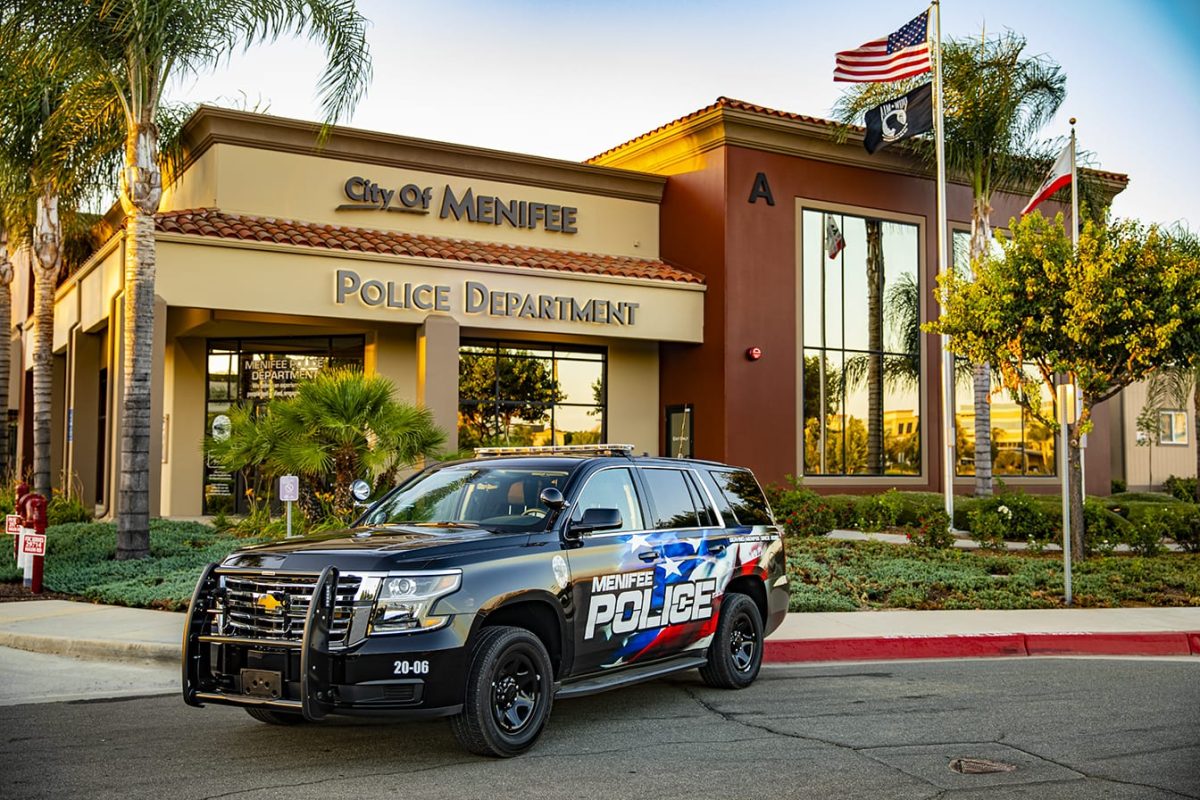Corn, yes, the vegetable, can produce fuel. As strange as it sounds, corn produces a byproduct called methanol. This byproduct is produced by either dry milling or wet milling the corn, although 90 percent of the ethanol industry sticks to dry milling. Ethanol gets produced along with carbon dioxide, mash, and livestock feed through this process. The difference between methanol and the more common and traditional fuels is that traditional fuels are a byproduct of Oil and many other chemical mixtures combined to make the 87, 93, 91, and many more octane fuels used at the pumps.
Methanol is used in many of the fuels found at gas stations; however, it is mixed with leaded or unleaded fuels, finding itself in only 10 percent of the fuel mixture. However, some fuels like E85 and E88 and many ethanol-rated fuels have a higher percentage of ethanol, usually correlating to the number, meaning E85 is around eighty-five percent ethanol, depending on the season or gas station.
“Ethanol is a high-octane, clean-burning renewable fuel added to gasoline to improve air quality, engine performance, and environmental impact. It is primarily made from field corn, much of which is grown in Nebraska.” ( Iowa Renewable Fuels Association). There is so much to learn about fuel and how it is produced; the Iowa Renewable Fuels Association provides a beautiful explanation of ethanol production and much more.
Car ethanol fuel is similar to your local gas station’s typical 91-octane or similar pump options. As said previously, ethanol is part of the mixture, making up many local gas options. Many vehicles 2001 and newer are capable of running on ethanol fuels, known as flex-fuel vehicles, and are known for operating on gasoline or Ethanol-based fuels. “You could be driving a flex-fuel car already and not even know it. Flex-fuel vehicles typically look no different than other vehicles, but there are some signs you can look for. For example, manufacturers put yellow gas caps or a yellow ring where you insert the fuel nozzle on flex-fuel vehicles.” (Hearst Autos Research, on Car and driver.com)
Some fast facts given by the Iowa Renewable Fuels Association include how 88 and E15 Ethanol fuels are better for your engine, and the Nabraskin corn board provides some insight on ethanol prices well: “Unleaded 88 can be used in all 2001 & newer cars, trucks and SUVs. These model years represent more than 90% of vehicles on the road today. It’s the most tested fuel in history and does not affect vehicle drivability. To date, more than 15 BILLION miles have been driven using Unleaded 88, and that number continues to grow” (Iowa Renewable Fuels Association). As for the numbers, the Nabraskin corn board states “it’s not just about miles per gallon. It’s also about cost per mile. Here’s how the math works: Assume that using E85 may result in a miles-per-gallon reduction of up to 12%. If E85 costs 12% less than E10, you’re miles – and money – ahead. So, if E10 costs $2.00 per gallon, E85 would need to cost 24¢ less ($1.76) in order for you to “break even.” And every penny discount above 24¢ reduces your cost per mile even further.”
















